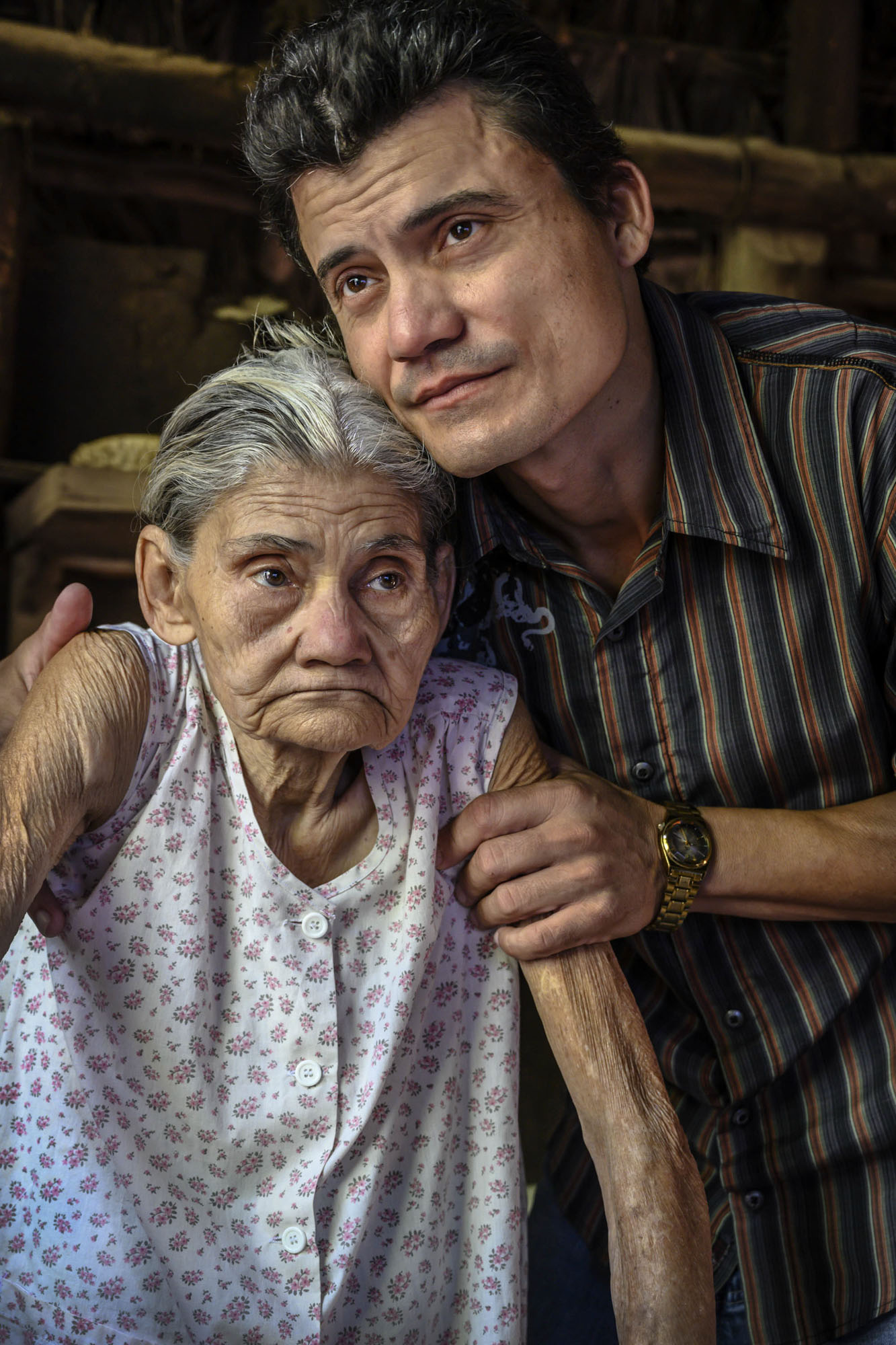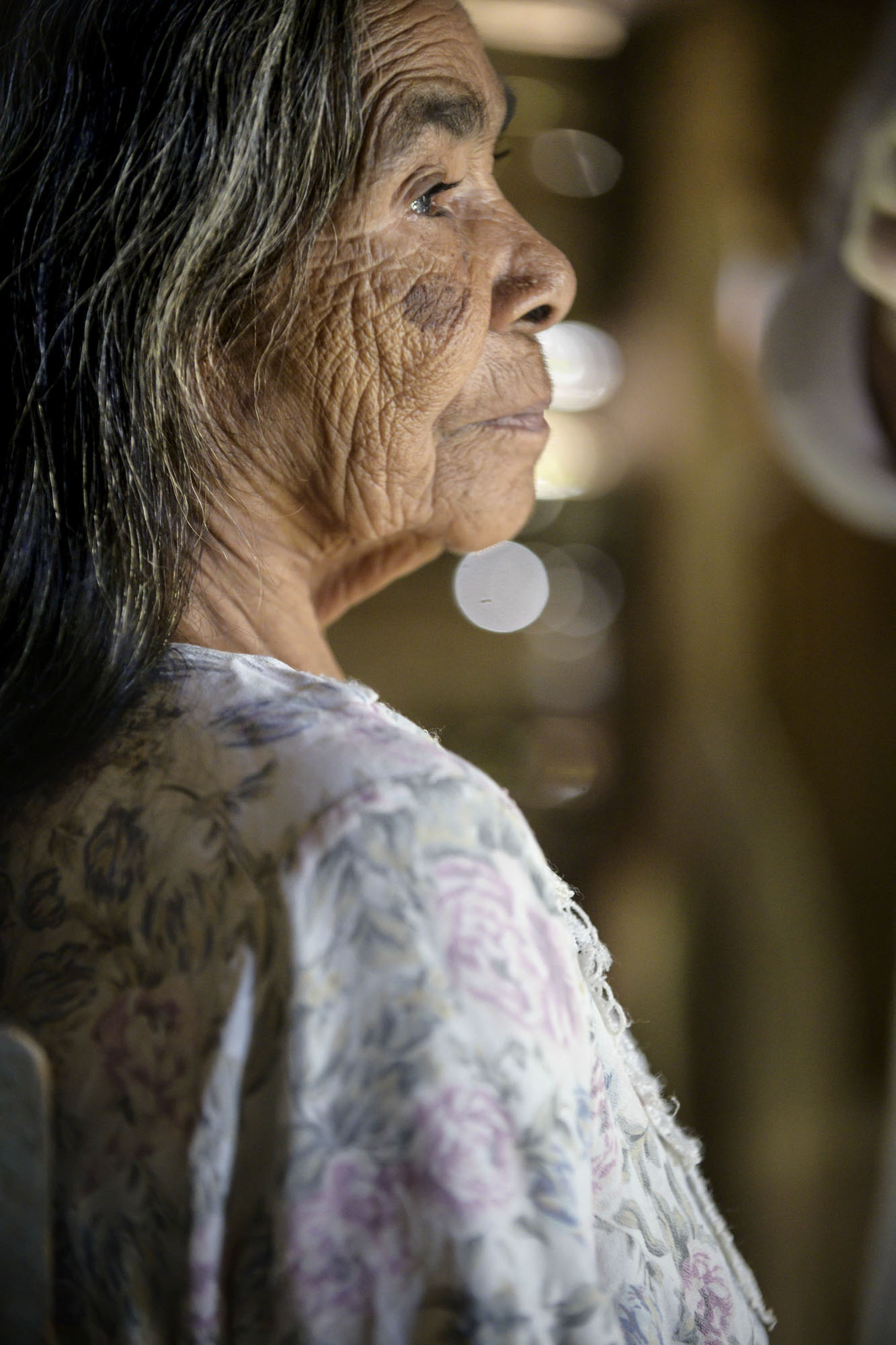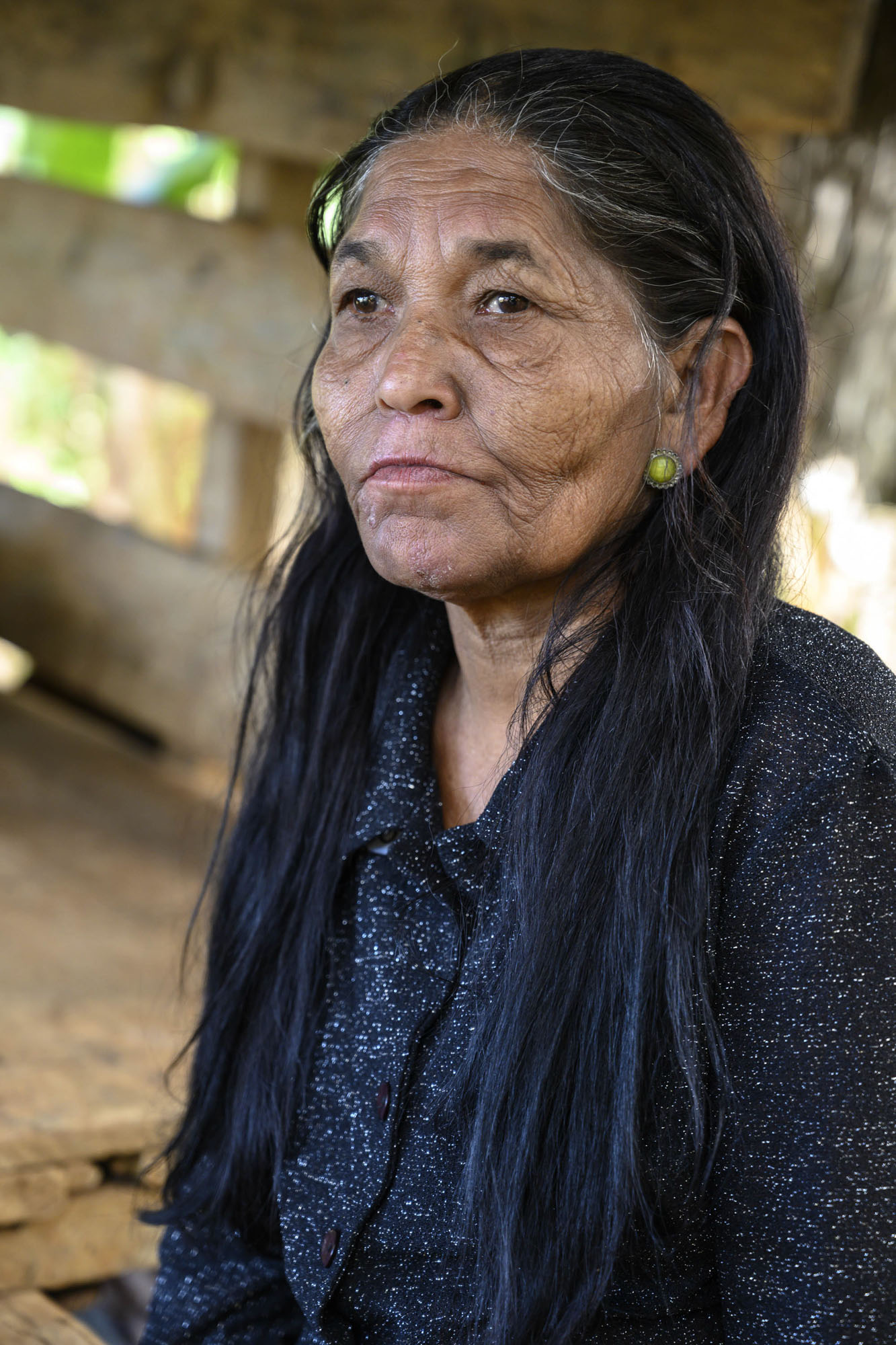Indigenous Cuba
Photographs by Héctor Garrido that are part of the Indigenous Cuba Project.
"Indigenous Cuba" emerged as a photographic project in 2018 at the request of the historian of the city of Baracoa, Cuba, Alejandro Hartmann, who had been immersed in the study and recognition of indigenous descent in Cuba for more than thirty years. From this so-called Héctor Garrido organized a group of experts in different subjects with the purpose of studying in depth and obtaining definitive answers to the possible current presence of descendants of those who were the inhabitants of the island of Cuba before the arrival of the Europeans. And it is that from the 16th century to the present, the theory of the absolute extinction of the Cuban aborigines and their descendants had prevailed. Thus, in the year 1552, only sixty years after Christopher Columbus' first voyage to America, Fray Bartolomé de las Casas, in what was perhaps a last attempt to protect the last aborigines, ruled their complete extinction in his treatise "Very Brief account of the destruction of the Indies. From then until today, the story of extinction has been the one that has commonly dominated and has even been studied in schools and universities. The great Cuban anthropologist Fernando Ortiz, in "The human factors of Cubanness" (1940), definitively closed the possibility of the existence of a possible aboriginal descent in his narration of the encounter of this culture with the European one, ruling: "the impact of the two cultures was terrible. One of them perished, as if struck down. The Indians are extinct. However, certain researchers have repeatedly defended the existence of nuclei, mainly in eastern Cuba, where aboriginal blood seemed to still survive. Rivero de la Calle, Núñez Jiménez, Rugles, Barreiro and Hartmann himself, among many others, defended, with their studies, the current existence of descendants in various parts of the eastern provinces. However, the technology to which they had access did not allow them to obtain definitive and unquestionable answers and their studies became the object of fruitless discussions and ended up relegated to oblivion.
However, the Indigenous Cuba Project proposes a combined approach to this controversy from all possible angles, its main axes being the comparative genetic study and the phenotypic study through the realization of portraits of their faces. To this is also added the anthropological, ethnographic, sociological and, of course, historical study. The book of results of the project, under the title "Indigenous Cuba today: their faces and DNA", gathers the conclusions of each of these approaches and lays a foundation for subsequent studies, which will be so necessary from now on to complete the study. true story that portrays what has been the history of Cuba.
For the realization of the Indigenous Cuba Project, some thirty communities located in the easternmost region of Cuba have been studied, in the provinces of Holguín, Granma, Santiago de Cuba and Guantánamo. For the election of these communities, the criteria established by the previous studies by Hartmann and Barreiro were followed, which pointed out that a series of surnames -inherited from the parcels- were an interesting clue to locate these families of descendants. Most of the families studied, in fact, are those previously located by these researchers, although some new locations have been documented. Among the most frequent surnames, Ramírez and Rojas stand out in first place, although Rivero, Romero and Díaz, among others, are also frequent.
The participants were visited in their homes and communities, and after obtaining their consent to participate in the study, they were interviewed about their individual and family history, their health status, and living conditions. Anthropometric measurements, photographs were taken to collect evidence of their phenotypic characteristics and finally a saliva sample was requested for the comparative DNA study. Finally, around 100 people were selected who, together, showed the possible variations present within these communities and of these, 75 were studied genetically under the direction of Dr. Beatriz Marcheco.
Héctor Garrido





































